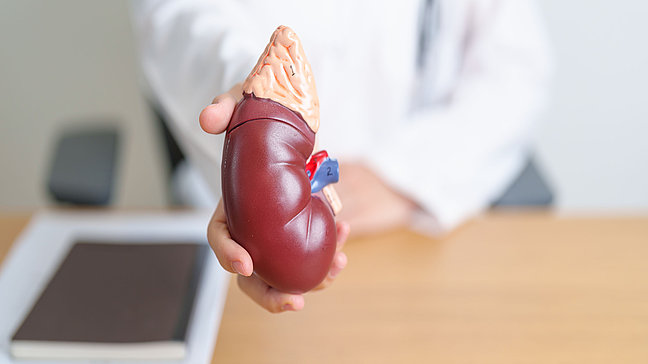
Adrenal tumor
An adrenal tumor is a rare tumor that develops in the adrenal glands, two small glands located above the kidneys. These tumors can be either benign…
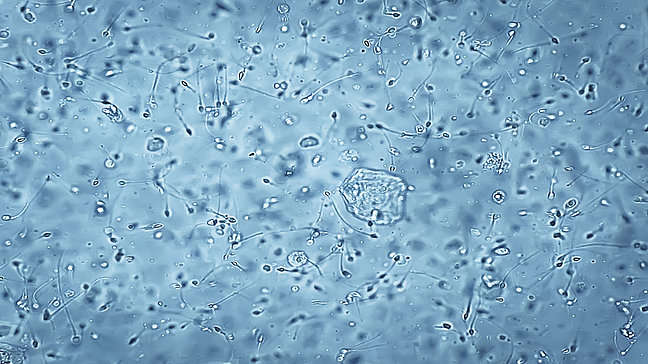
Asthenozoospermia
Asthenozoospermia refers to a disorder of sperm motility, where a large portion of the sperm is not sufficiently motile to successfully reach and…
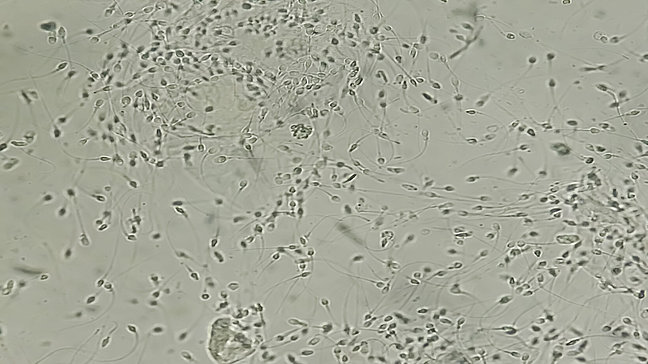
Azoospermia
Azoospermia is a condition in which no sperm are present in a man's ejaculate. This is a common cause of infertility in men. There are two main types…

Balanitis
Balanitis is an inflammation of the glans penis, which can often also affect the foreskin if the individual is not circumcised (balanoposthitis). This…

Bedwetting or enuresis
Bedwetting, also known as enuresis, is a common disorder in children who regularly or episodically wet the bed at night from the age of five. During…
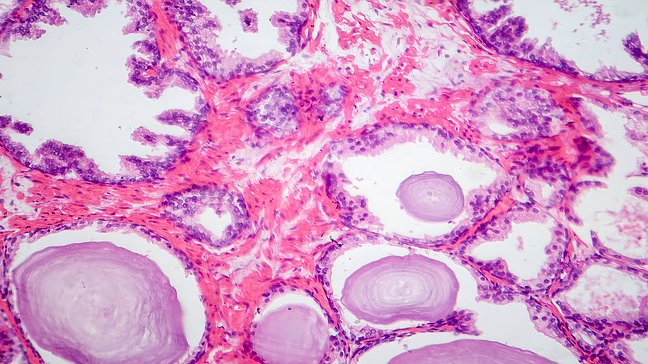
Benign prostatic enlargement
Benign prostatic enlargement, also known as benign prostatic hyperplasia (BPH), is a non-cancerous enlargement of the prostate that occurs primarily…

Biopsy
In urology, biopsy plays a crucial role in diagnosing various diseases, particularly prostate cancer. By taking tissue samples, doctors can determine…

Bladder diverticulum
A bladder diverticulum is a protrusion of the bladder wall that forms in the shape of a pouch or cavity outside the normal bladder. These protrusions…

Bladder function measurement (Flow-EMG)
The small bladder function test, also called Flow-EMG, is a diagnostic procedure for assessing the function of the bladder and pelvic floor muscles.…

Bladder stones
Bladder stones, also called vesical calculi, are solid deposits of minerals and salts that form in the bladder. These stones can vary in size and lead…
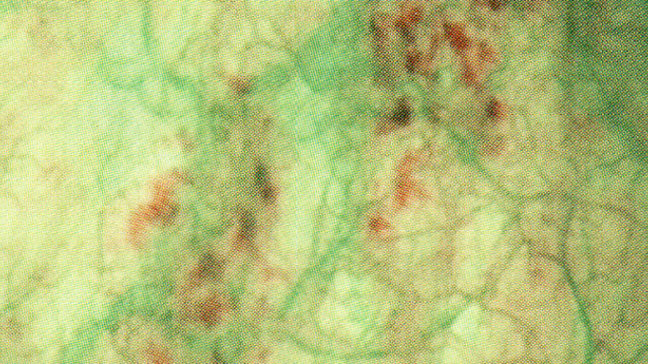
Bladder tumor
A bladder tumor, also known as bladder cancer, is one of the most common types of cancer of the urinary tract. It occurs most frequently in men…

Blood in the urine
Blood in the urine, medically known as hematuria, can be a serious symptom indicating various underlying conditions. There may be both visible…
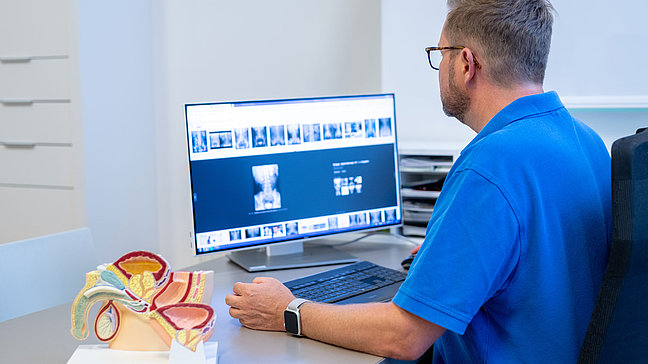
Blood test for sexually transmitted diseases
An analysis of blood for sexually transmitted infections (STIs) is a diagnostic procedure used to identify infections such as HIV, syphilis, hepatitis…
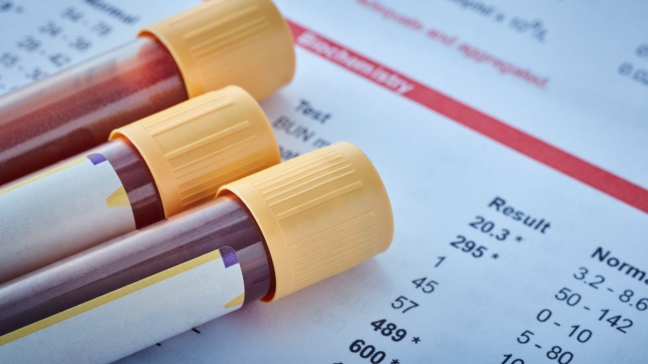
Blood tests
Blood tests are an indispensable part of urological diagnostics and therapy monitoring. They provide essential information about the condition and…
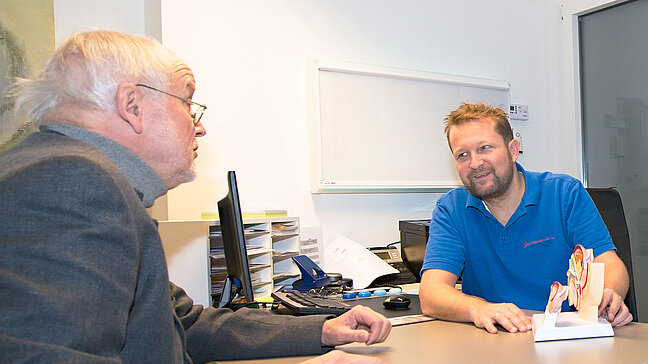
Cavernous Body Ultrasound
The corpus cavernosum ultrasound, also called penisonography, is an imaging procedure for assessing the structure and blood flow of the corpus…

Chlamydia
Chlamydia is one of the most common sexually transmitted infections (STIs), caused by the bacterium Chlamydia trachomatis. This infection primarily…

Chronic pelvic floor pain
Chronic pelvic floor pain is persistent pain in the pelvic floor area that can affect both men and women. This pain can affect the urethra, prostate,…
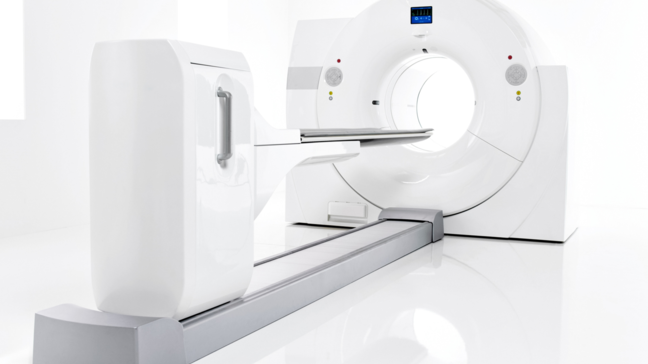
Computed Tomography (CT) in Urology
Computed tomography (CT) is an imaging procedure that plays a crucial role in urology. It enables detailed visualization of urological organs and…

Condyloma
Condylomas, also known as genital warts, are benign growths of the skin and mucous membranes in the genital or anal area. They are caused by the human…

Curvature of the penis (Peyronie's disease)
Penile curvature, also known as Peyronie's disease, describes a condition in which the penis has an unnatural curvature when erect. This curvature can…
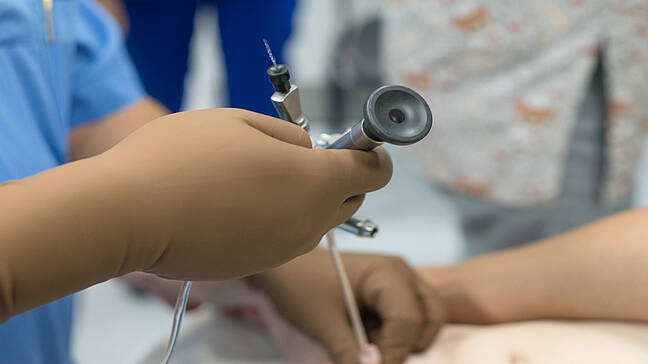
Cystoscopy
Cystoscopy, also known as bladder endoscopy, is an essential diagnostic procedure in urology. It allows for the direct visual examination of the…

